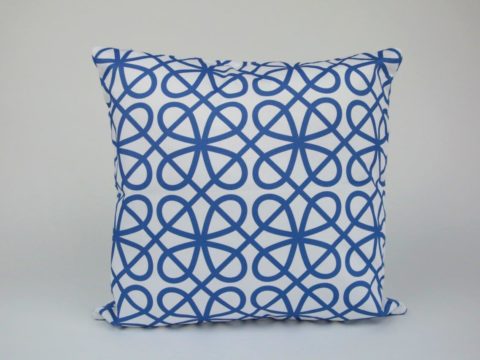Framlingham Castle
A stunning fortress in delightful countryside
Chapter 3 : Duchess of Norfolk & the Mowbrays
In 1312, the earldom was recreated by Edward II for his half-brother, Thomas de Brotherton, and the Framlingham estates, together with the office of Marshal were granted with the title. Despite his half-brother’s generosity, de Brotherton, like many, if not most, of the English nobles, resented the influence of Edward’s favourite, Hugh le Despenser. In the coup led by Queen Isabella and Roger Mortimer to overthrow the king, de Brotherton sided with the rebels.
Reward for this service came when Edward III took power into his own hands, and included the earl amongst his circle of advisors. Earl Thomas married twice, having issue only by his first wife – a son who died young, and two daughters, Margaret and Alice.
In the fourteenth century, it was customary for the elder daughter and her husband to take any title left by her father, if there were no brothers, but for the lands to be divided between sisters. (Later, titles inherited by women fell into abeyance if there were more than one sister.) Margaret therefore became Countess of Norfolk, and Earl Marshal, whilst the Framlingham lands passed to Alice and her husband, William Ufford, Earl of Surrey.
Since Alice had no children, Framlingham came into Margaret’s hands and she lived there from 1382 until her death in 1397, famous for her lavish expenditure and her colourful private life – she had sought an annulment of her first marriage, and left England without permission to petition the Pope for a sentence. Before sentence could be pronounced, Margaret’s husband, Sir John Segrave, died, and she was free to remarry, which she quickly did.
Margaret was promoted from Countess, to Duchess, of Norfolk in 1397 – the first women to be granted a title in her own right. Her grandson, Thomas Mowbray, was her heir. He is famous for the quarrel he had with Henry Bolingbroke, later Henry IV, for which both men were exiled by Richard II. His estates, although not his title, were inherited first by his eldest son, Thomas Mowbray II, who was executed for treason in 1405, and then by Thomas Mowbray I’s other son, John.
John had the title restored, and became 2nd Duke of Norfolk, but he had little interest in the Framlingham estates. John’s son and grandson the 3rd and 4th Dukes, settled at Framlingham. We can catch a glimpse of their life through the correspondence of the Paston family, who were in their affinity. Much of the period 1420-1450 was dominated by the Mowbrays’ rivalry for dominance in East Anglia with William de la Pole, Earl of Suffolk, who was, in fact, the brother-in-law of the 3rd Duke.This familial rivalry was symptomatic of the deteriorating political situation in England under the weak kingship of Henry VI.
The 3rd Duke was a Yorkist, and played a prominent part in Edward IV’s victory at Towton in March 1461, before dying in November of that year. During this period, there were further extensions and improvements to the interior of the castle, perhaps once again stretching finances as when the John, 4th Duke of Norfolk inherited at the age of seventeen in 1461, he was short of money. He took the decision to sell Chepstow and other lands in South Wales to consolidate the family position in East Anglia.
The 4th Duke had only a daughter, Anne, who was married as a child to Richard of Shrewsbury, younger son of Edward IV. Anne inherited the earldom of Norfolk in 1476, and the dukedom was recreated for her young husband. Both children died young. Anne in 1481 at the age of nine and Richard in the Tower of London, the younger of the ‘Princes in the Tower’. The Dukedom was recreated in June of 1483 by Richard III for his supporter, John Howard, who was the grandson of Thomas Mowbray, 1st Duke of Norfolk.







